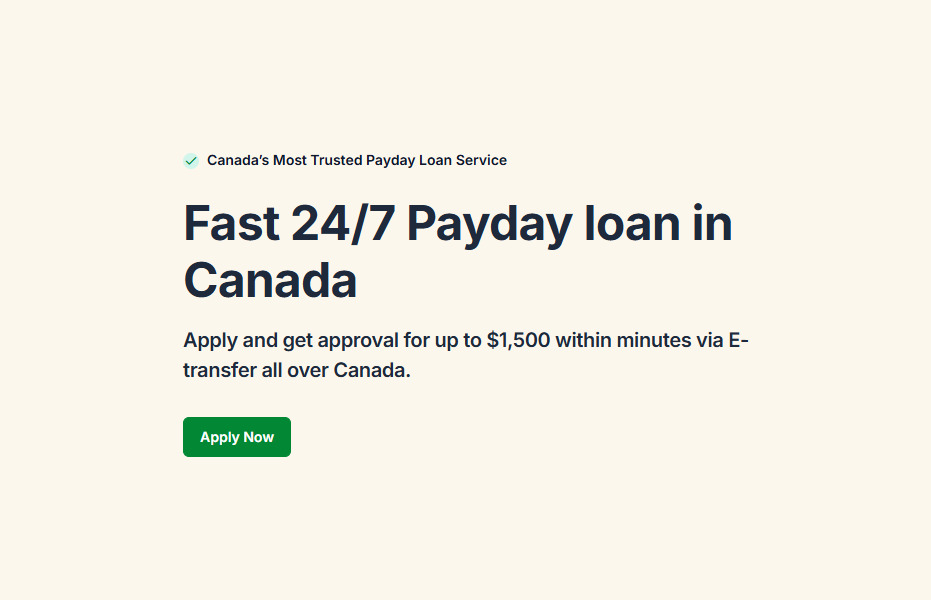
How to Build an Emergency Fund on a Tight Budget
March 7, 2025 by Finquest FinancialAn emergency fund is the difference between a small setback and a full‑blown crisis. But when money is already tight, “save three to six months of expenses” can feel impossible. The truth: you don’t need to hit a perfect number to benefit. Even a few hundred dollars can prevent overdraft fees, late charges, or missed bill stress. Here’s how to build a starter fund — realistically — in Canada.
Start Small and Make It Automatic
Pick a starter goal — $250 or $500 — and set an automatic transfer every payday, even if it’s $10–$25. By separating savings from your day‑to‑day spending, you protect it from impulse purchases. If your bank allows “round‑ups” (rounding card purchases to the next dollar and saving the difference), turn that on for painless micro‑savings.
Create Room in the Budget (Without Misery)
Audit recurring costs: subscriptions, unused app trials, gym memberships you rarely use, and premium streaming tiers. Call your internet or mobile provider to negotiate a lower rate; many Canadians are surprised how often a simple call yields a discount. Redirect every found dollar to your emergency fund for the next 60 days.
Use Short Sprints
Challenge yourself with a 21‑day “no‑spend” on non‑essentials, or a “$5 a day” jar where you transfer $5 to savings daily. These short bursts create quick momentum and visible progress, which keeps you motivated.
Park the Money Where You Won’t Touch It
Open a separate high‑interest savings account (HISA) to house your emergency fund. The small interest helps, but the real benefit is psychological separation — it’s harder to spend what you don’t see in your chequing account.
Side Income Without Burnout
If you can spare a few hours weekly, consider gig work with predictable payouts (delivery, tutoring, pet sitting) or a one‑time declutter sale. Set a rule: 80% of side‑income goes to your emergency fund until you hit your target.
What If an Emergency Happens Before You’ve Saved Enough?
Life doesn’t wait for savings to catch up. If an urgent bill lands before your fund is ready, a short‑term loan can help you bridge the gap and avoid late fees or service cutoffs. Finquest Financial provides fast, no‑credit‑check payday loans up to $1,500, funded by secure e‑transfer.
Apply NowQuestions? Contact us or see our FAQ.
Continue Reading
🔗 Previous Post: Budget-Friendly Spring Break Ideas in BC | Low-Cost Fun
🔗 Next Post: Daylight Savings and Your Spending Habits | Financial Behaviours